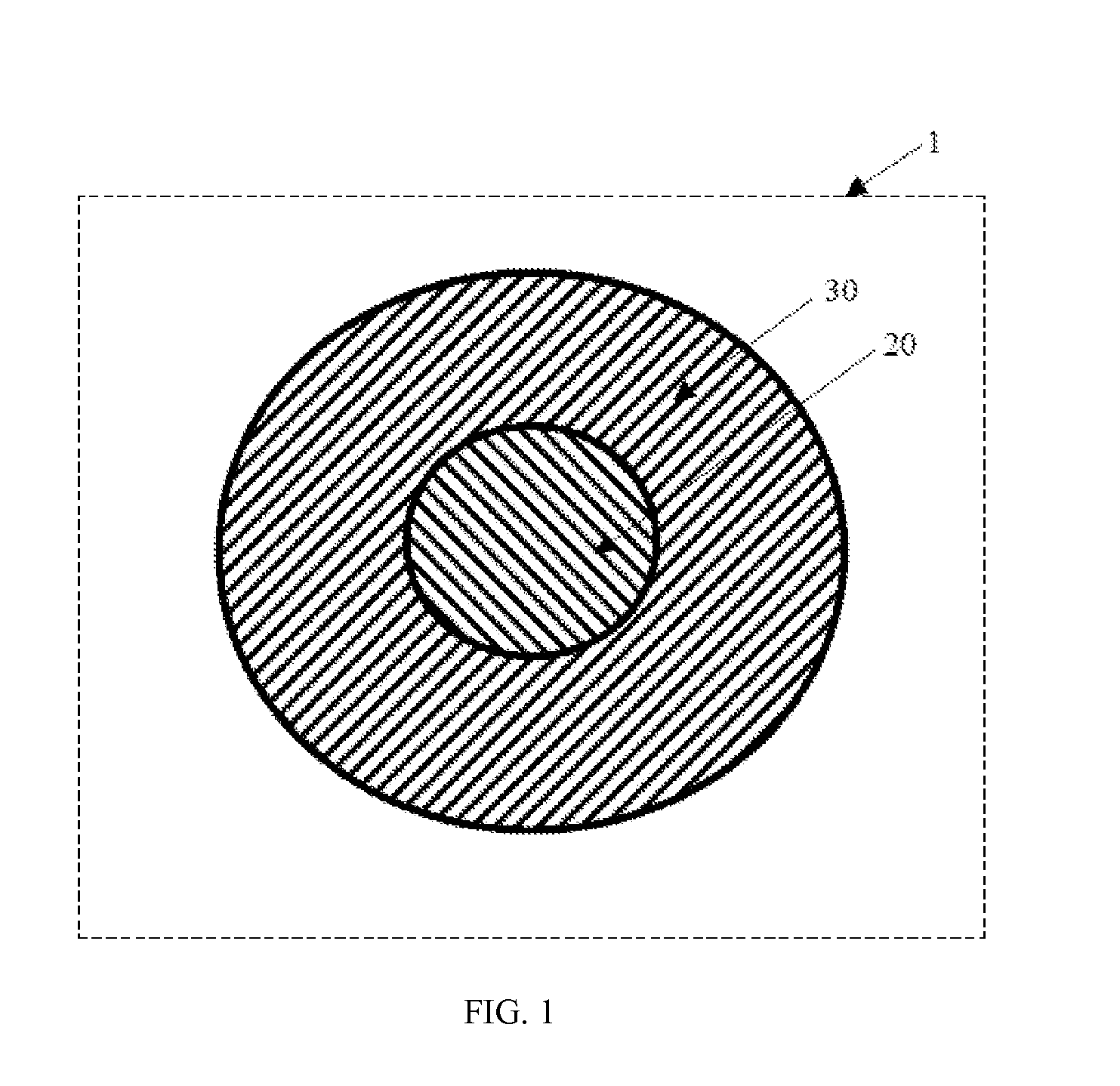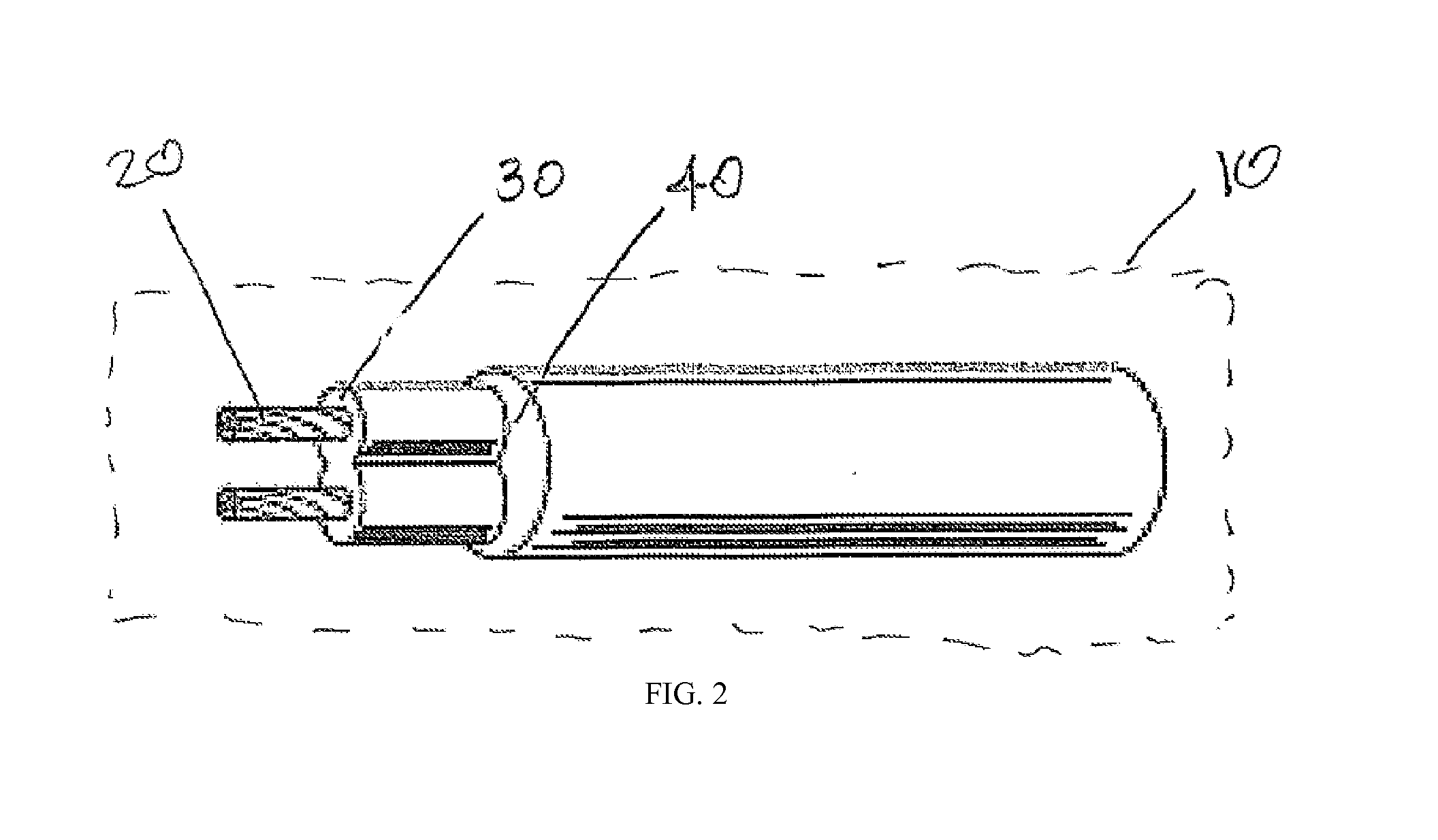Poly(arylene ether) - polyolefin composition and its use in wire and cable insulation and sheathing
- Summary
- Abstract
- Description
- Claims
- Application Information
AI Technical Summary
Benefits of technology
Problems solved by technology
Method used
Image
Examples
embodiment 1
[0110]A composition comprising: about 10 to about 35 weight percent of a poly(arylene ether); about 8 to about 16 weight percent of an unfunctionalized hydrogenated triblock copolymer of an alkenyl aromatic compound and a conjugated diene; wherein the unfunctionalized hydrogenated triblock copolymer has a weight average molecular weight less than or equal to 200,000 atomic mass units; about 15 to about 30 weight percent of an unfunctionalized polyolefin comprising about 14 to about 30 weight percent of an unfunctionalized ethylene-octene copolymer; and about 20 to about 60 weight percent of a magnesium dihydroxide; wherein all weight percents are based on the total weight of the composition.
embodiment 2
[0111]The composition of embodiment 1, further comprising about 2 to about 8 weight percent of an acid-functionalized polyolefin, an acid-functionalized hydrogenated block copolymer of an alkenyl aromatic compound and a conjugated diene, or a combination thereof.
embodiment 3
[0112]The composition of embodiment 2, comprising the acid-functionalized polyolefin.
PUM
| Property | Measurement | Unit |
|---|---|---|
| Weight | aaaaa | aaaaa |
| Percent by mass | aaaaa | aaaaa |
| Percent by mass | aaaaa | aaaaa |
Abstract
Description
Claims
Application Information
 Login to view more
Login to view more - R&D Engineer
- R&D Manager
- IP Professional
- Industry Leading Data Capabilities
- Powerful AI technology
- Patent DNA Extraction
Browse by: Latest US Patents, China's latest patents, Technical Efficacy Thesaurus, Application Domain, Technology Topic.
© 2024 PatSnap. All rights reserved.Legal|Privacy policy|Modern Slavery Act Transparency Statement|Sitemap



